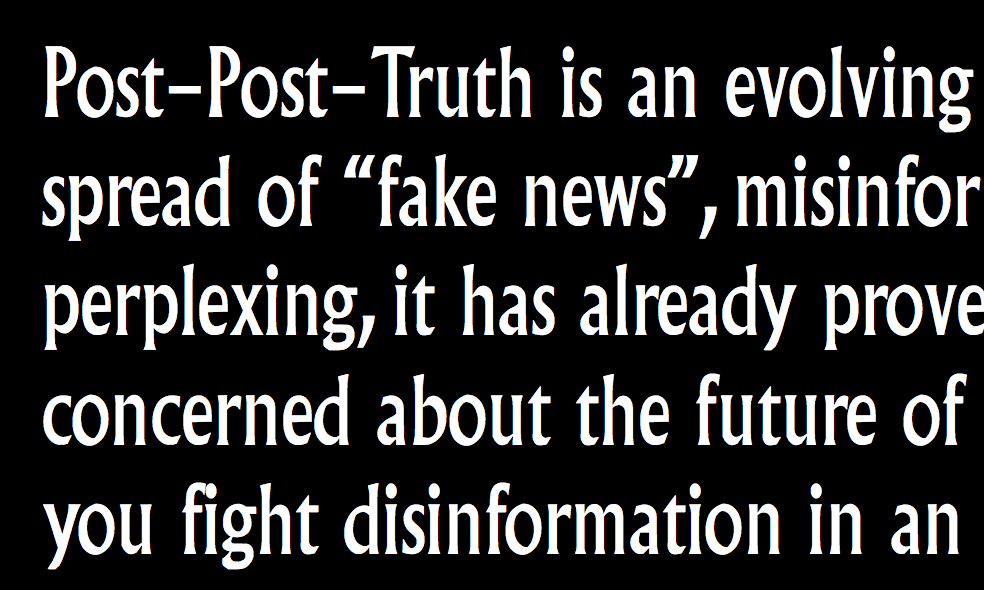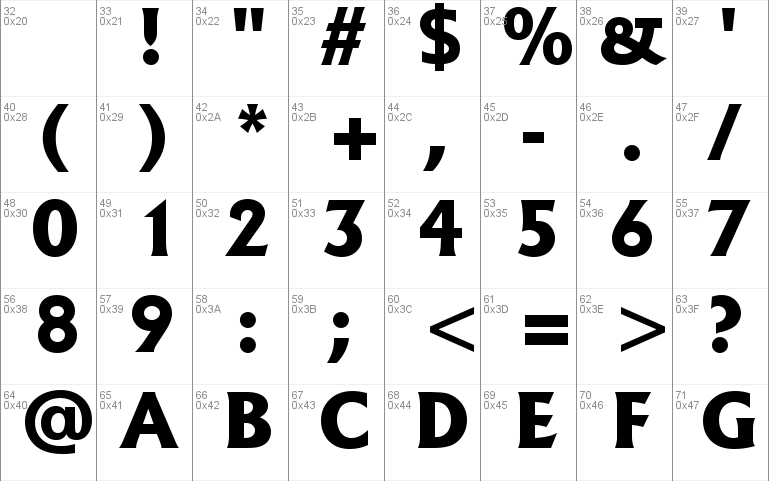

The plot revolves around No.6 - we know little about him, not even his name. He proposed a new show to Lew Grade (the cigar chomping head of ATV) - The Prisoner. He turned down Bond, but after more than 80 episodes, had grown bored of working on Danger Man. McGoohan had made his name in the black and white spy show Danger Man, and had even been asked to be the first Bond on the back of his work on that.
#Albertus display typeface tv
While any TV programme is obviously the work of a huge team of people, this show had one powerful force at its core: it was co-created, directed, and produced by Patrick McGoohan, who also starred in the lead role of No.6. It ran on ATV from September 1967 to February 1968. Since the release, I’ve been excited to see it used a lot in the same ways it was used, including films.For those of you not familiar with it, The Prisoner is one of the most iconic TV shows to have come out of the 60s. The weight and spacing discrepancy between uppercase and lowercase resulting due to them being designed at different times was toned down, each letter’s proportion was slightly revised, all the alternates restored, small cap for titling was added, new Greek and Cyrillic were designed, as well as more weights. With all the knowledge of the original and unofficial variations, I strove for the best version that meets the modern demand of design, with changes that are still true to the original intention, if not truer. And the lowercase g was a result of many compromises. This led to interesting discoveries indeed I always thought Albertus was a strange mix of roman capitals and blackletter lowercase, which was revealed to be the initial intention in his early sketch of more Rotunda-like design.
#Albertus display typeface archive
What seemed like a technical compromise might have actually been Wolpe’s quirky decision, and I wanted to learn the whole story through my research at the Monotype Archive and The Type Archive with the generous help of Sue Shaw and Paul Wolpe. Perhaps the low stroke contrast helped in the earlier days of screen media when thin typefaces like Trajan would be less legible.Īlbertus was always a limited typeface despite its constant popularity to this day, and what was there wasn’t drawn particularly well in my eyes. John Carpenter is known for many signatures such as horror, music, Kurt Russell, and the use of Albertus in the credits. It was also popular on screen too British TV show The Prisoner was famous for the use of customised Albertus with the iconic trident e. It was used on book covers, posters, corporate designs, and street signs, especially in Britain. It was soon followed by lowercase extension, small sizes, bold and light weights (bold was cap-only). He had to come alone back when he fled to UK, but Albertus’s financial success earned him enough funds to bring over the rest of the family.

Paul Wolpe, one of Berthold’s four offsprings, shared a more personal story about Albertus’s legacy.

The typeface that started as an all-cap display face became an immediate success. He commissioned Wolpe to design a new typeface based on his inscription works. Being a Jewish German and after being chased away of his teaching job by the Nazy Germany, he fled to the United Kingdom where he met Stanley Morison. It’s a flare serif typeface that was originally designed by Berthold Wolpe in 1935.īorn in 1905, Berthold Wolpe was an accomplished lettering artist and teacher in Offenbach, Germany.

Albertus Nova is a revival typeface that was released as a part of Berthold Wolpe Collection in 2017.


 0 kommentar(er)
0 kommentar(er)
